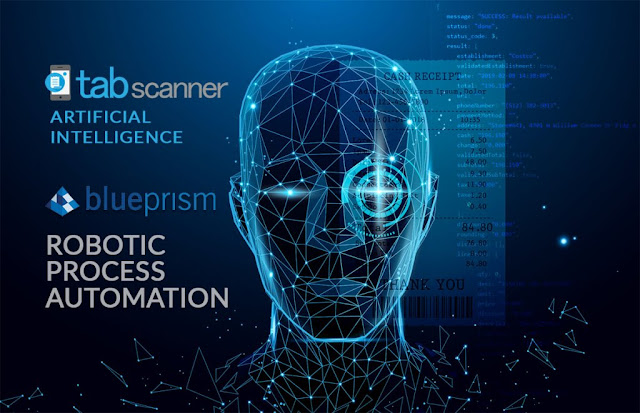Written by Ramon Tomey
Financial services giant Mastercard recently introduced a system that makes use of facial recognition technology to confirm payments.
The New York-based company defended its move to implement the biometric payment system amid criticism, citing two main reasons. According to Mastercard, such mode of payment facilitates shorter lines and faster checkout time. It is also more secure and more hygienic than using actual money, debit cards and credit cards.
“Once enrolled, there is no need to slow down the checkout queue searching through their pockets or bag. Consumers can simply check the bill and smile into a camera or wave their hand over a reader to pay,” Mastercard said.
Ajay Bhalla, president of Mastercard’s Cyber and Intelligence Solutions division, said: “When the pandemic happened, we saw that everybody went digital and consumers embraced new technologies. Consumers all over the world actually asked for that [biometric payment solution] for their shopping [and] their retail experiences.”
Under the biometric checkout program, shoppers can scan their faces using an app developed for the purpose. They can then assign their likeness to a bank card stored on file – automatically deducting the purchase amount.
In line with this, Mastercard piloted the facial recognition payment system at five branches of the St. Marche supermarket chain in Brazil’s Sao Paulo state. Customers who wish to try out the service can register in person at the grocery or through an app developed by Brazilian startup Payface, which has paired up with Mastercard for the endeavor.
Aside from Payface, Mastercard is also working with Japanese firms NEC and Fujitsu General for hardware solutions. According to a company spokesperson, the system is set to be rolled out in the United Kingdom.
Mastercard Senior President of Product Innovation Nili Klenoff said the company is also eyeing to introduce the system to other markets. “We’ve got the Middle East, Africa, Asia and [the rest of] Latin America lined up,” she said. “We’re really looking forward to bringing this solution everywhere.”
Privacy concerns abound with facial recognition technology
According to Klenoff, Mastercard’s facial recognition technology will come with more features like age verification for purchasing restricted store items. “[Age verification] is one, actually, that we’re beginning to explore and one that we’re really excited about,” she said.
Retailers, banks and payment firms have started embracing facial recognition to eliminate the use of physical cash and reduce fraud. The New York-based Mastercard is among them, citing a study that claimed 74 percent of the world’s population has a “positive attitude” toward biometric payment systems. However, privacy advocates have raised concerns over the technology. (Related: Facial recognition will soon identify shoplifters and ban them from stores; experts say it’s ripe for abuse.)
Lawyer Suzie Miles commented on the risks of using facial recognition for payments.
“Mastercard [itself has] recognized the data and security concerns that come with the use of biometrics. A password can be changed, your smile and wave cannot. If biometric data is hacked, then the risk of fraudulent activity could be considerably higher than current payment methods,” she told the Guardian.
Miles also expressed fear that the facial recognition systems will collect and store data that can be used to monitor and track people.
“While it seems [that] Mastercard [has] taken steps to protect and encrypt this data, as biometric payments become more commonplace, the use of such data is likely to evolve. It will inevitably become harder to protect individuals’ right to privacy.”
More related stories can be found at Surveillance.news.
Watch this video talking about Mastercard aiming to identify users through heartbeat and vein patterns.
(In SURVEILLANCE.NEWS)
 |
| See here |








.jpg)



.jpg)



























Nenhum comentário:
Postar um comentário